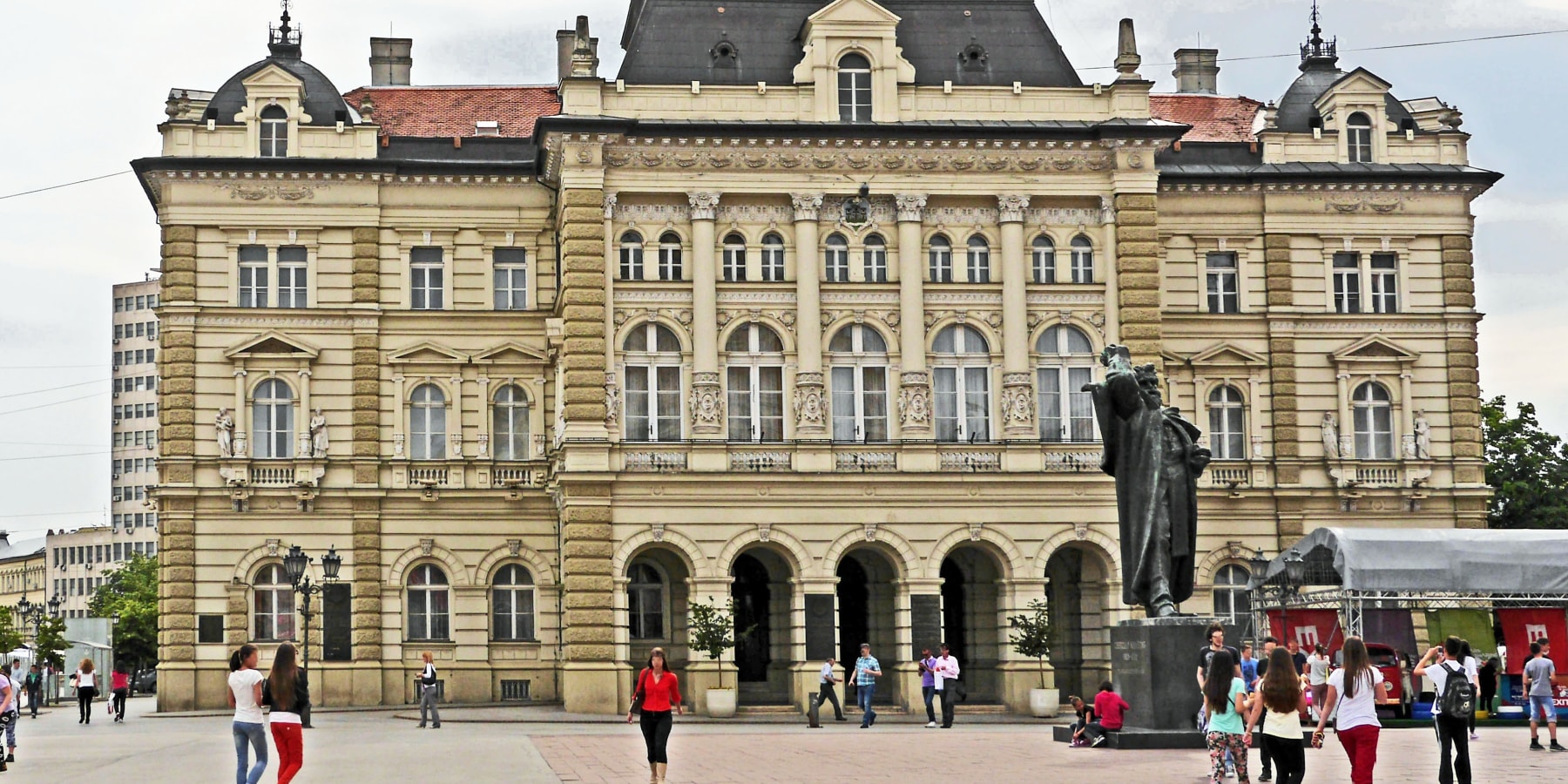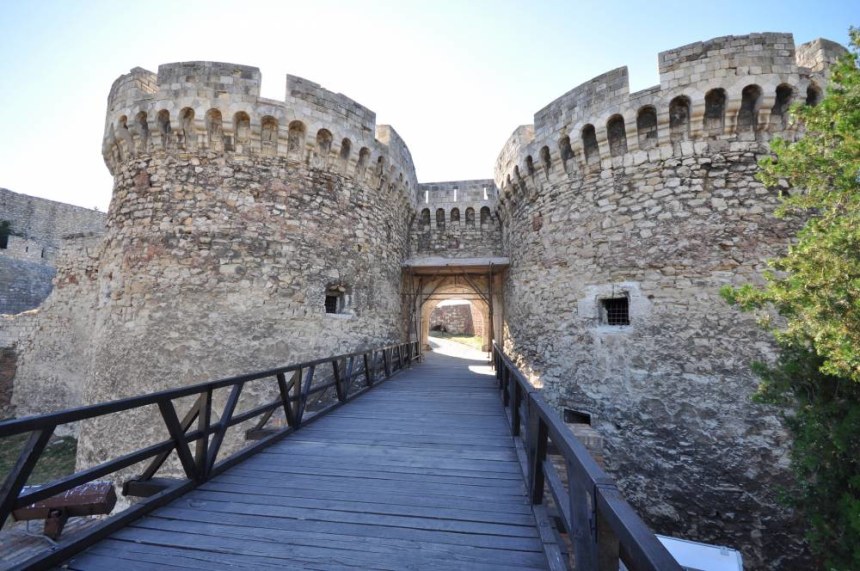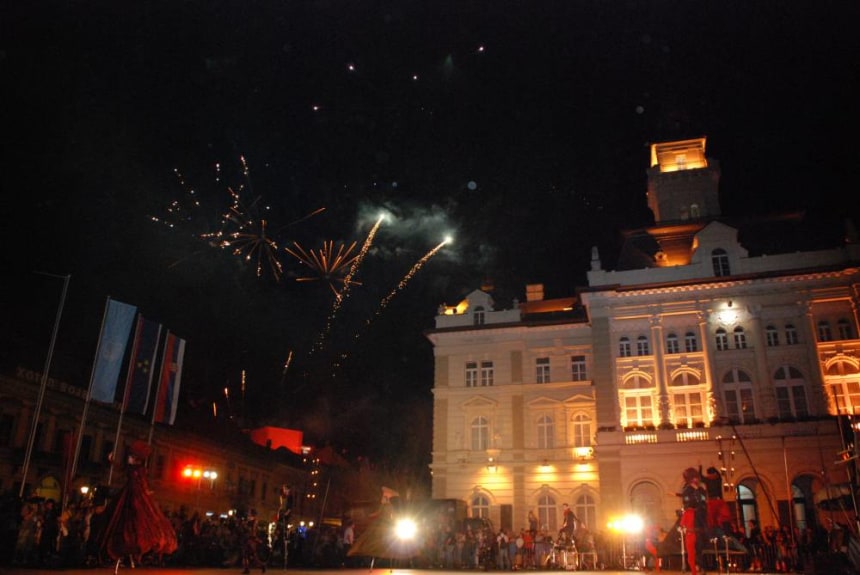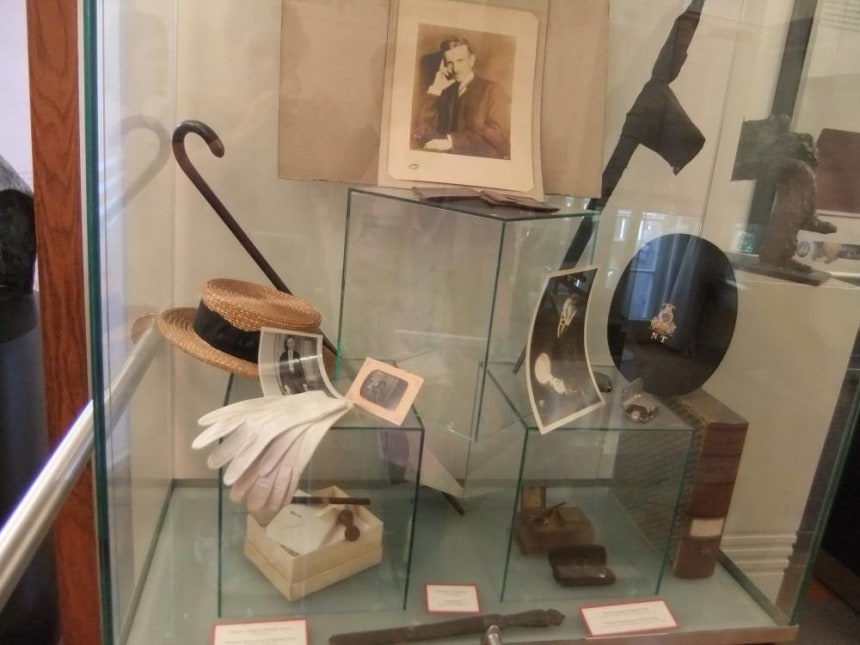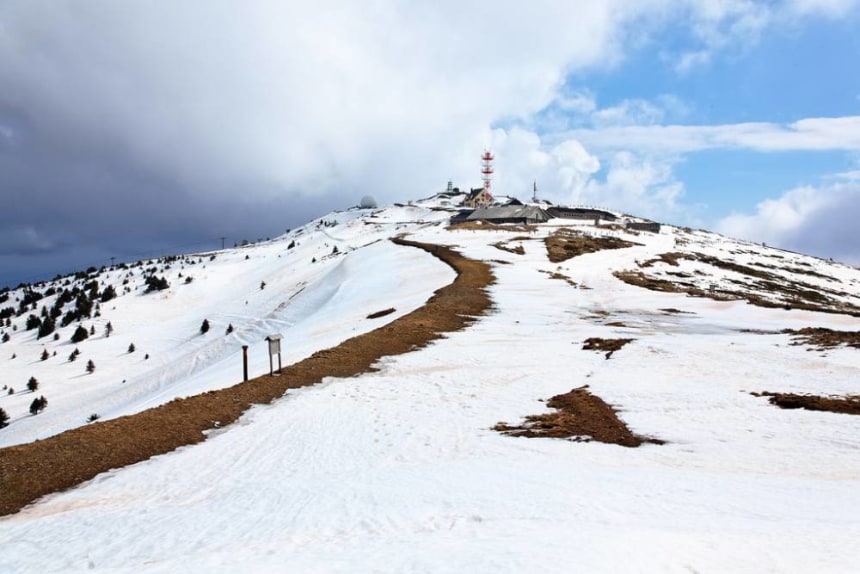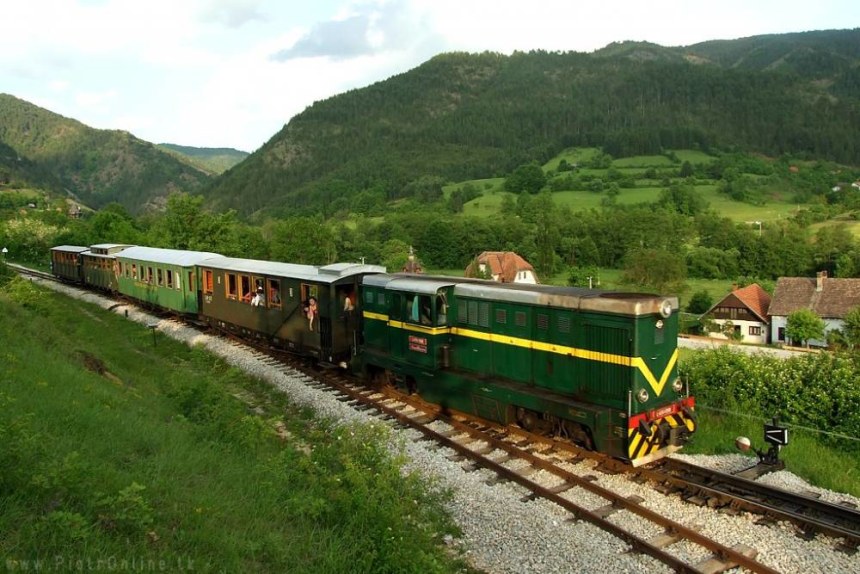| 3 mins read
Joseph Richard Francis
It was a bright and chirpy summer’s morning when the Hungarian border police plucked me from the only day train that runs between Belgrade and Budapest and insisted I take the first connection back to the capital and make a beeline for the British embassy. A classic passport malfunction meant that I was going to spend a few more days in this curious Balkan country. There wasn’t a better place to be stuck!
Yes sir, this landlocked nation boasts the buzzing capital city of Belgrade, a mass of red-brick fortresses and sleepless electro clubs, while Novi Sad comes a close second with its labyrinthine old town of cobbled streets and the striking rises of the great Petrovaradin Fortress. Then there’s the backcountry, complete with the rugged ridges that soar where the Carpathians crash into the Dinaric Alps, the undulating sand hills of Deliblatska Peščara, the oak forests of Radovanjski Lug, the sweeping plains around Banja Luka – the list goes on. Here is my recommendation on some of the must-see, must-do things that every traveller making their way to this corner of the continent should have on the bucket list.
Witness military history in Belgrade
Ever since the Thracians and Dacians warred with the Roman Empire, Serbia’s capital has been a point of tension in the Balkans. Attila the Hun raged this way and so did the Ottomans, while the Hungarians fought the Byzantines for control of the region for more than 400 years. This all adds up to make Belgrade one seriously enthralling palimpsest of military history. Start with the obvious: the crumbling bulwarks of the great Belgrade Fortress, now sitting amidst the leafy serenity of Kalemegdan Park right in the heart of the town. Here, it’s possible to spy out the colossal canons that would once have been aimed at the invading Ottomans camped on the far side of the Sava, while the exhibition rooms of the on-site Military Museum offer a deeper - if a tad skewed - examination of Serbia’s role in both ancient and recent conflicts.
Party in Novi Sad
Consult a wealth of travel guide sites and they’ll no doubt tell you that Novi Sad is the only city that can give Belgrade a run for its money on the nightlife front. Famed not least of all for hosting the hedonistic blowout that is the EXIT festival each year (one of the most acclaimed and awarded festivals in Europe), this town also ticks over to the habitation of students, who flood the cobbled streets of the centre with a laid-back energy that erupts after dark between the dance floors and bars of Laze Telečkog street, or on the fortress hill itself!
Explore the life and works of Nikola Tesla
No trip to Serbia could possibly be complete without at least a small detour into the life and works of the nation’s most famous scientific son: Nikola Tesla. Revered for his contributions to the fields of electricity and magnetism, Telsa is honoured today at Belgrade’s Nikola Tesla Museum, which boasts a huge collection of his personal possessions, lab equipment and memoirs. Visitors can see everything from intricate apparatus to technical drawings and even Telsa’s own ashes, while qualified Belgrade tour guide services specialising in Telsa offer a deeper look at the man and his nuances.
Spy out monasteries in Fruška Gora
Hailed as the jewel of Serbia for its sweeping landscapes of lush forests and rolling hills, the Fruška Gora National Park also offers up a taste of the country’s deep cultural and religious traits. Peppering the area in a line that runs for more than 50 kilometers through the hills, the so-called monasteries of Fruška Gora date back to the late Middle Ages and allow a glimpse of what life for the Orthodox people of this Balkan country was like when the Ottomans had pushed deep into this northern enclave. Expect a wealth of exquisite Baroque architecture, onion-domes and murals painted in gold leaf and bold colours.
Go skiing in Kopaonik
Nestled just on the borderlands with Kosovo, between the snow-tipped summits of the Dinaric Alps, Kopaonik is the most accomplished and popular ski resort in the country. It boasts a whopping 55 kilometers of downhill alpine runs, 12 kilometers of cross country skiing and a good smattering of black courses for the experts and easy-going blues for the beginners, all of which weave their way through the fir forests down to the base of the lifts. Today, the resort also has fantastic snow making facilities and even one illuminated piste for night skiing.
Wonder at the architecture in Niš
An ancient town with one of Serbia’s most enthralling and fascinating sets of sights and attractions, Niš is a real must on any itinerary around the country. Many travel guide sites now tout this city in the heartlands of south-east Serbia as one of the top places to case out the country’s graduation from Roman frontier to nerve centre of the Serbian revolution, taking the Memorial to Constantine the Great and the monuments to the Battle of Čegar to name just two of the major sights. Then there are the sobering remains of Crveni Krst, once one of the Nazi concentration camps in the Balkans and now a memorial museum dedicated to remembering the dead.
Delve into the past at Mokra Gora
Clinging to the ridges of the Zlatibor Mountain in the west of the country, the valley of Mokra Gora is a place that fuses natural beauty and history. Serbia tour guides offer trips to the village of Drvengrad here; a reconstructed ethic settlement that was constructed under the patronage of silver screen prodigy, Emir Kusturica. The spot offers an immersive journey through the mountain architecture of the Balkans, whilst also examining traditional life in Serbia and allowing guests to sample regional delicacies courtesy of the on-site store. And aside from the history and heritage, the area also means the soaring peak of Tara, the Šarganska Eight steam railway and oodles of hoodoos and canyons to boot!
‘Rich’ as he’s known to most was born in not-so-sunny Swansea, South Wales, where he grew up loving sea, sand and surf. He has since moved to Poland in an attempt to fulfil his insatiable wanderlust for everything Eastern Europe. He’s travelled extensively in Asia and Europe and now runs a local travel portal.
Image Details and Licences: https://flic.kr/p/n3nEY2 (Jorge Láscar, CC BY 2.0), https://flic.kr/p/dciwEx(Festival uličnih svirača, CC BY-SA 2.0), https://flic.kr/p/bTESsz (Paradasos, CC BY-NC 2.0), https://flic.kr/p/piuH5d (De kleine rode kater, CC BY-NC-ND 2.0), https://flic.kr/p/7WvakF (Aleksei Nikolaevitch, CC BY-NC-ND 2.0), https://flic.kr/p/Ah6uV9(Kevin Wallis, CC BY-NC 2.0), https://flic.kr/p/cvhznJ (peter.poland, CC BY-NC-ND 2.0)

